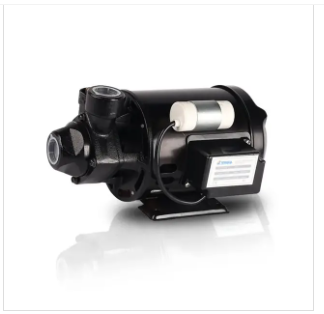The working principles of Peripheral Pump
2025-05-20
A peripheral pump, also known as a regenerative pump or turbo pump, operates based on the principle of centrifugal force but with a unique design that allows it to handle small flows at high heads (pressure). Here's how it works:
1. Basic Construction
A peripheral pump typically consists of:
Impeller with radial vanes: Positioned inside a circular casing.
Casing: Contains a ring of peripheral channels or cells around the impeller.
Inlet and outlet ports: For fluid entry and exit.
2. Working Mechanism
Step-by-step Process:
Fluid Enters the Pump:
Fluid enters the pump through the inlet (suction side).
The impeller, rotating at high speed, captures the fluid.
Impeller Action:
As the impeller spins, its vanes push the fluid into the peripheral cells around the impeller.
The fluid travels in a spiral path due to the impeller's rotation and peripheral channel design.
Energy Transfer (Regeneration):
The fluid repeatedly circulates between the impeller vanes and the peripheral channels.
This repeated contact adds energy to the fluid each time (regenerative action), increasing the pressure.
Fluid Exit:
The now high-pressure fluid exits through the outlet.

3. Key Characteristics
High head, low flow: Suitable for applications requiring high pressure but not large volumes of fluid.
Self-priming (partially): Can handle small amounts of air or vapor in the fluid.
Smooth flow: Due to continuous energy transfer.
Compact design: Useful for small systems.
4. Applications
Boiler feed water systems
Water circulation in cooling systems
Chemical and pharmaceutical fluid transfer
Domestic and industrial water supply
If you are interested in our products or have any questions, please feel free to contact us and we will reply you within 24 hours.